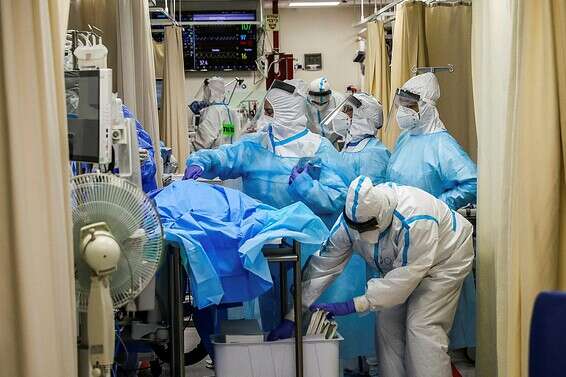
Health Minister Edelstein at a discussion in the Constitution Committee: “We will ask for a one-week extension to close” // Photo: Knesset Channel
This means that quarantine combined with vaccines leads to a noticeable decrease in morbidity in all indices. However, only during the next week will the degree of effect of the vaccine and closure on the rate of decrease in morbidity become clear.
Experts fear the British mutation will result in a slower decline in verified than in the previous closure, delaying relief from hospital congestion. Therefore, the main recommendation is to continue the process that will ensure a reduction in morbidity.

“It is advisable to make sure that the exit process leads to less than 1,000 new infections per day, and to a drop to a few dozen severely ill patients per day (expected – mid-February). “These data accelerate or slow down the process of leaving the quarantine,” the report said.
The experts added: “It is recommended to integrate the activation of the education system at an early stage in areas with low morbidity and a high percentage of vaccines, in light of the fact that the effect observed on the infection rate among students is small.”